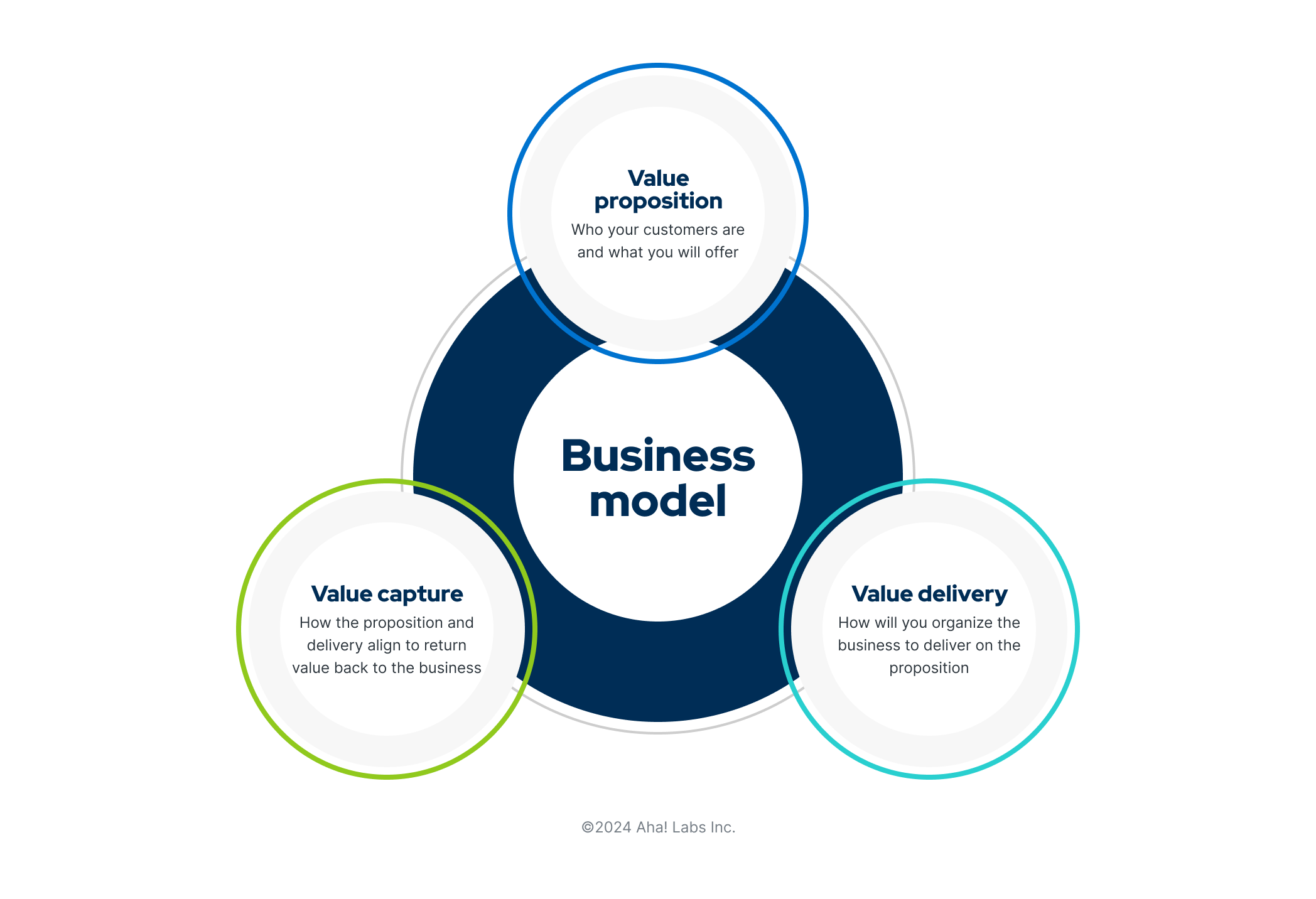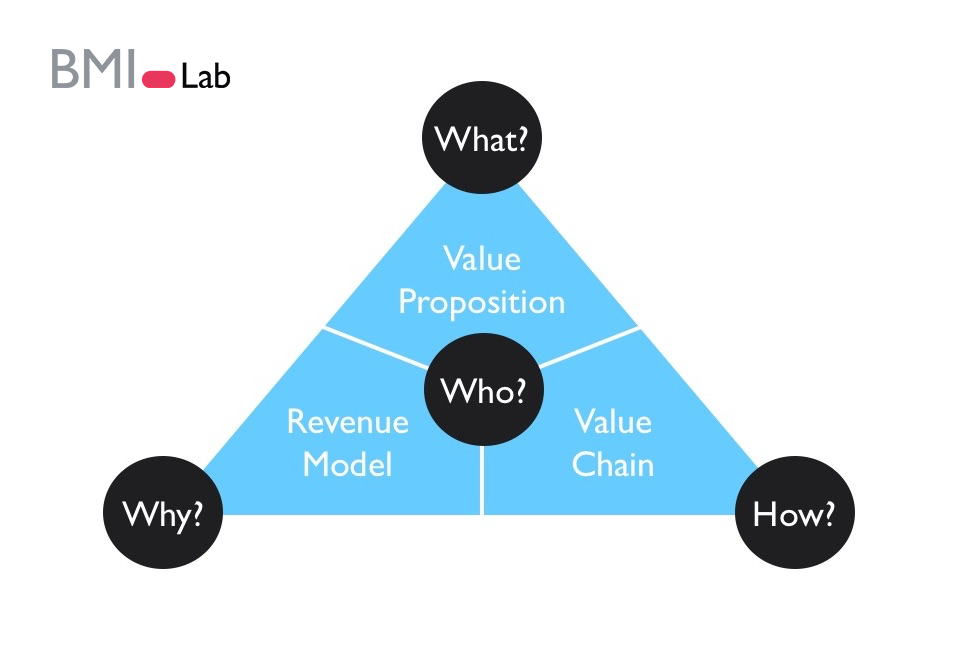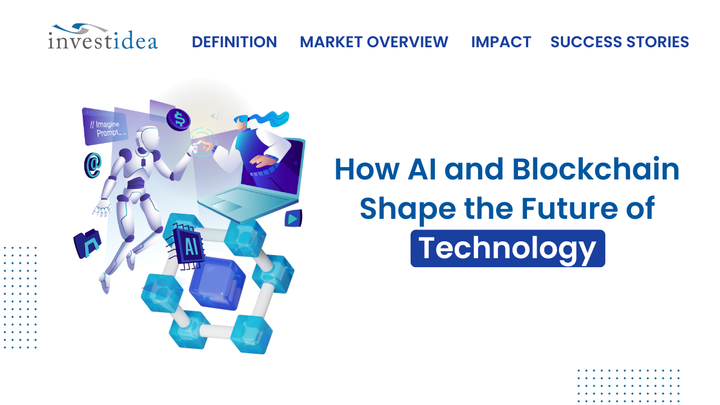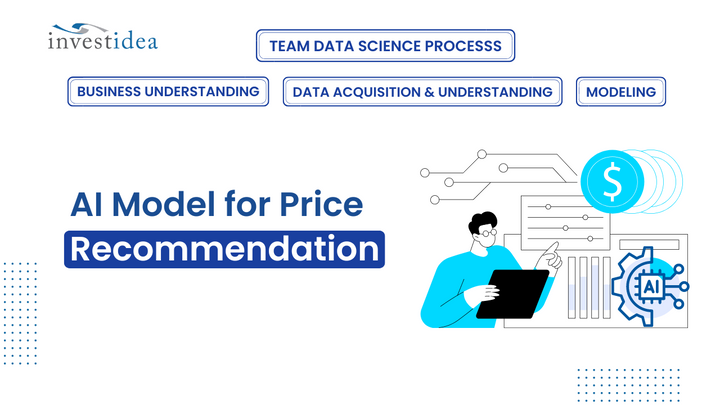[S1.01] AI Business Models, a detail guide and explanation
![[S1.01] AI Business Models, a detail guide and explanation](/blog/content/images/size/w1200/2024/06/S1.-01.png)
When former COO Sheryl Sandberg met former Google CEO Eric Schmidt, she received advice to help her career flourish:
“Look where there is rapid growth. Because that place gathers most great opportunities.”
She immediately left the Ministry of Finance, a place with slow growth, to come to Google, a place with fast growth.
As the result, Sheryl Sandberg had became one of the 100 most influential people in the world in 2012 by Time 100, and owned $2 billions assets evaluation.
Why we care about AI Business Models

The reason why Investidea and thousands of other companies are investing in AI is because they share the same vision. There is no better response to this because AI is the fastest-growing market in technology.

Referring to Statista Market Insights (08/2023) above, we can see the growth and potential of the market, especially in Asia. Only in 2024–2026 is the total expense for AI in Asia forecast to be $300 billion, double the Google market cap.
The reason behind this is that during these golden years (2024–2026), the majority of countries in Asia raised their flag of "digital transformation," and of course, this is a must-go roadmap, not only from the government but also from the demand of the market. And when we talk about "digital transformation," we cannot put AI outside of this conversation. The statistics below show how AI can support "digital "transformation" in 2023. The number is increasing now for the period of 2024–2026, a good return on investment (ROI). So far, companies are approaching AI. This is a good reason to summarize all AI business models, not only to capture the big picture of AI but also to highlight the rapid-growth market.

What is a business model?
Before we go to far from the main topic, let's capture again the good understanding of the business model.
A business model describes how an organization creates, delivers, and captures value, in economic, social, cultural or other contexts. For a business, it describes the specific way in which it conducts itself, spends, and earns money in a way that generates profit.



There are several business Business Model explanation and examples which can help us better understand this concept. The 50 best types of business models share clear examples of the top 50 types of business models, or you can purchase the book "100 Business Models" by FourWeekMBA to get a fuller detail of this concept.
Create your own Business Model Canvas
The MUST-HAVE practice of almost all business over the world is to snapshot their Business Model in a simple of A4 page, the Business Model Canvas.


There is full guidance and explanation about how you can create your Business Model Canvas page (Free download here) to summarize the complete view of your business. This can also be used to describe your competitors' business models to analyze to update your business model to a better business strategy.
Here is the reference for the Business Model Canvas board of OpenAI:

AI Business Model List
Considering above definition, we captured that there are six AI Business Models that have been applying in the market. They are:
- AI Education
- AI Consultant
- AI Development Agency
- AI Software as a Service (AI SaaS)
- AI Platform as a Service (AI PaaS)
- AI Infrastructure as a Service (AI IaaS)
Differences of SaaS, PaaS and IaaS

To complete a completed software application or digital product, the business needs to cover all modules from the networking layer (bottom module) to the applications layer (top module). This will give full access to the end-user of the business; they just need to access/install the application and make a payment to explore its features. However, each business may focus on the different end-user and modules:
- Software as a Service (SaaS): business focus on cover full modules, so they provide applications to end-user. Example: ChatGPT (OpenAI)
- Platform as a Service (PaaS): business focus in providing a ready-to-use platform via API or Backend features. Some companies in SaaS will buy services from PaaS business to provide features to their end-user. Example: Mailgun (who provide email-sending service)
- Infrastructure as a Service (IaaS): business focus on providing running systems and cloud/physical resources for all SaaS/PaaS to run on top. Example: AWS EC2 is one of the products of AWS that provides Cloud server resources.
Differences of AI Business Models and AI Business Ideas

AI business ideas are so diversified that they can be any process tool for a specific need from a client for a specific business flow. With the power of AI, we can have thousands of ideas to explore the benefits of AI and apply it to everything from very small idea of chatbot to a fully completed solution of Dynamic Pricing in Airplane ticket platform.
Aside of this, AI Business Models are more limited. In theory, the Business Model are more of a category or model where lot of business are following to operate their business. Each of the business products, services, and solutions may be different, but they share a similar approach to bringing profit and sustainable growth. Here is the meaning of the business model.
Series for AI Business Models (S1)
After years of serving our clients in this domain, we are impressed with the many different AI approaches to products and services from our clients. So we'd love to classify them as a blog series for AI business models, our first blog series (S1), to bring a summary on this topic and share it with any AI founder or entrepreneur out there who dreams to build their own AI kingdom. Some may already have their own business but they can also refer to market research to grow their AI business.
Series name: AI Business Models, a detail guide and explanation
Series blogs:
- S1.01: AI Business Models Overview (this blog)
- S1.02: AI Education Business Model
- S1.03: AI Consultant Business Model
- S1.04: AI Development Agency Business Model
- S1.05: AI Software as a Service (AI SaaS)
- S1.06: AI Platform as a Service (AI PaaS)
- S1.07: AI Infrastructure as a Service (AI IaaS)
- S1.08: AI Business Models possible transitions

![[3HAG] Our Global Growth journey 2025-2027](/blog/content/images/size/w720/2025/01/Cover-blog-3HAG--3.png)


Comments ()